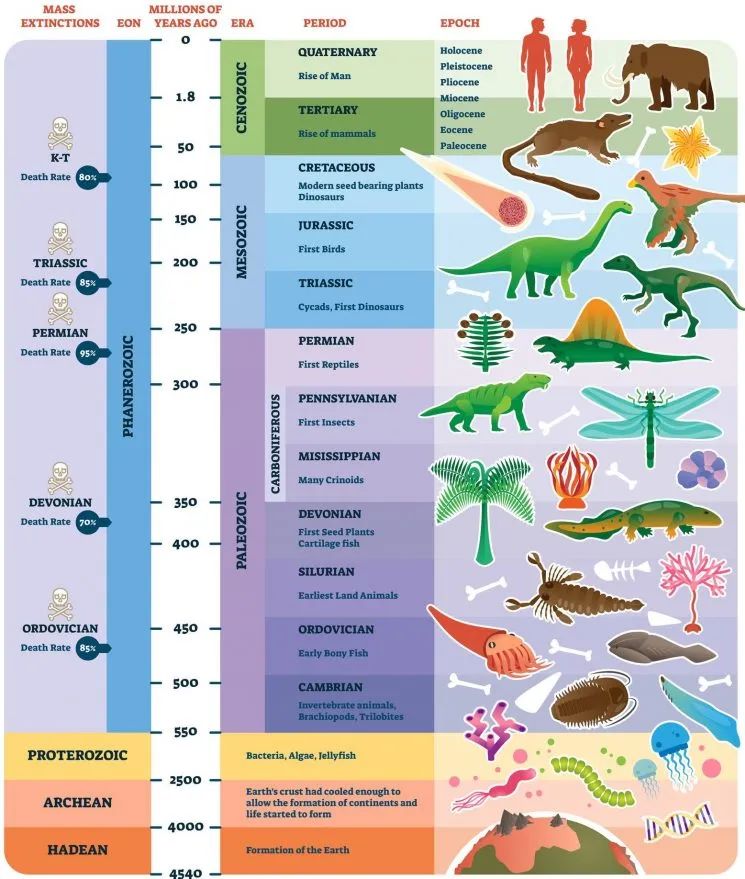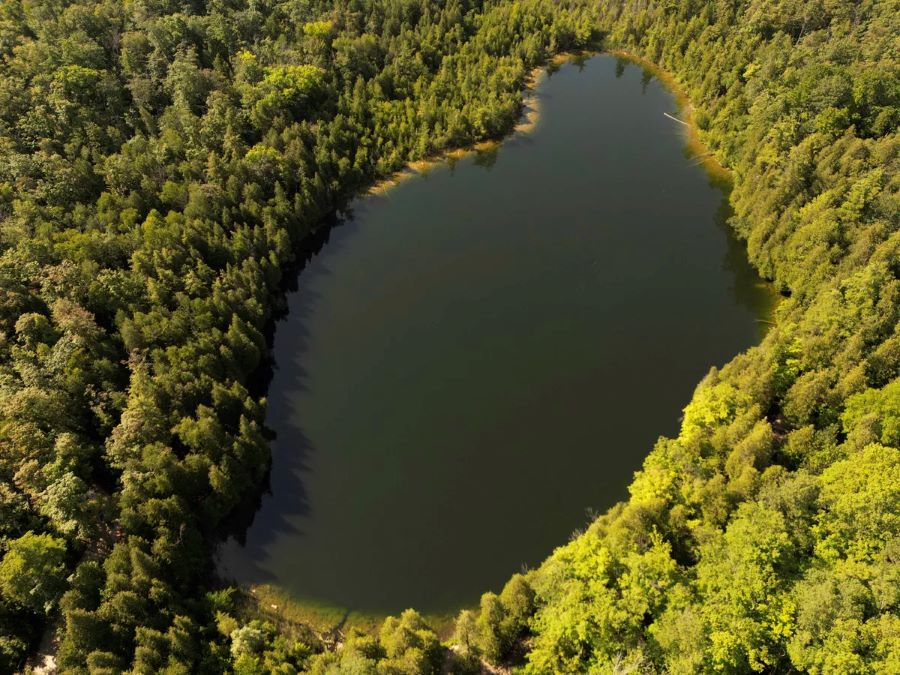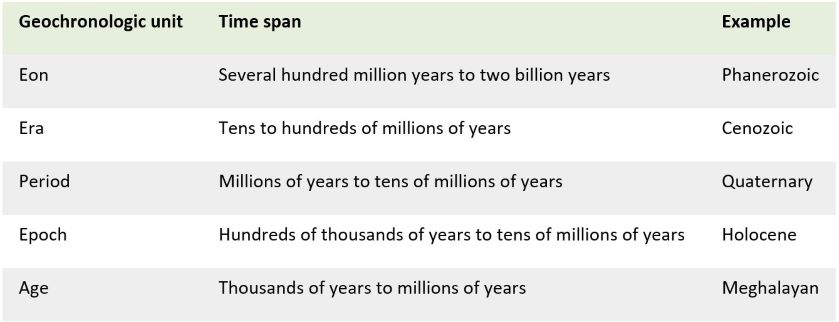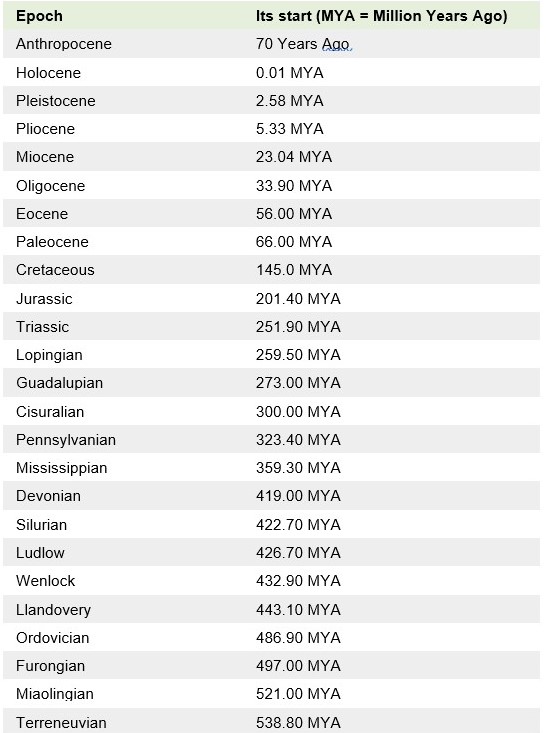Scientists announced the start of a new epoch in Earth’s history
Over the last 11,700 years, we all lived in the Holocene epoch, a relatively stable period that enabled human civilization to flourish. But after millennia of human activity, this epoch is quickly turning very much different, making way for a new one.
Therefore, in July 2023, the International Commission on Stratigraphy announced the opening of a new chapter in the history of our planet – the Anthropocene epoch, which technically kicked off in 1950s.
The Earth’s geological history is divided into many distinct units, from eons to ages. The time span of each varies, since they depend on major events like new species introduction, as well as how they fit into their parent units. Layers of the planet’s crust carry evidence of pivotal moments that changed the face of the Earth, such as the ice age and asteroid hits, the Canadian Geographic explained.

The known eras and epochs in Earth's history. Credit: Insightsonindia.com
The geological timeline boundaries that show the shift from one era, epoch and age to another require so-called “golden spikes” affecting the planet’s landscape, climate, and biodiversity. Golden spikes can be climatic, magnetic, biological, or isotopic (chemical). The main identifying marker of this epoch is the spike in plutonium radiation from nuclear testing after the World War II, which left dramatic scars on Earth, the commission decided.
Now that the epoch’s name has been chosen, scientists are currently considering to name the age of technological progress and digitalization but also the proliferation of plastic and alarming carbon dioxide levels as “Crawfordian” – after the Crawford Lake in Ontario, Canada.
More to read:
Earth’s amphibian population is driven to extinction
The sediment of this place has provided the best samples that make the Anthropocene distinct from the Holocene.
Crawford Lake
The Crawford Lake, which is 24 meters deep and has a surface of 2.4 hectares, is a very rare meromictic lake with anoxic bottom waters (contain no dissolved oxygen).
More to read:
Human ancestors were almost extinct 900,000 years ago
In meromictic lakes, the water in the lower half does not mix with the water in the upper half, which can be partially attributed to the lake’s shape. This combined with the lake’s unique chemistry, causes sediment to settle in alternating light and dark layers, called varves, in the deepest part of the lake. One light layer and one dark layer are added each year and can be counted backwards in time like tree rings, according to researchers.
By examining these well-preserved varves, scientists have learned much about the history of the land, locally, regionally, and globally over the past 1,000 years.

The Crawford Lake (pictured above) is still in the process of getting approved as the site that marks the new epoch. It competes against 11 other sites that represent five continents and include Antarctic ice, tropical corals, and mountain peat bogs.
If selected, our planet will officially enter the Crawfordian Age of the Anthropocene and the new unit of time will be formally added to the geologic time scale as our latest epoch.
The name Anthropocene was first used by atmospheric chemist Paul Crutzen biology professor Eugene Stoermer in 2000 and has been widely accepted by scientists ever since.
Learn more about Earth’s timeline here.
Explainer graphics:


***
Feel free to support our small office: IBAN - RO50BTRLEURCRT0490900501, Swift - BTRLRO22, Beneficiary - Rudeana SRL.
Not feeling like donating? Then click on banners on our website to generate ad revenue. Any help is welcome.







